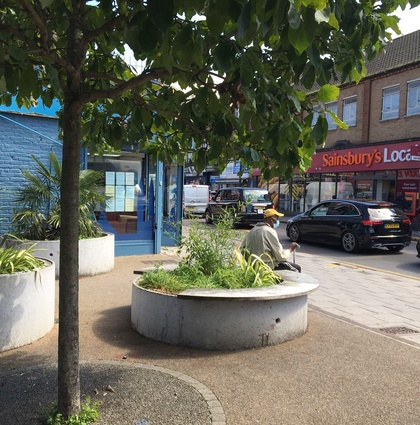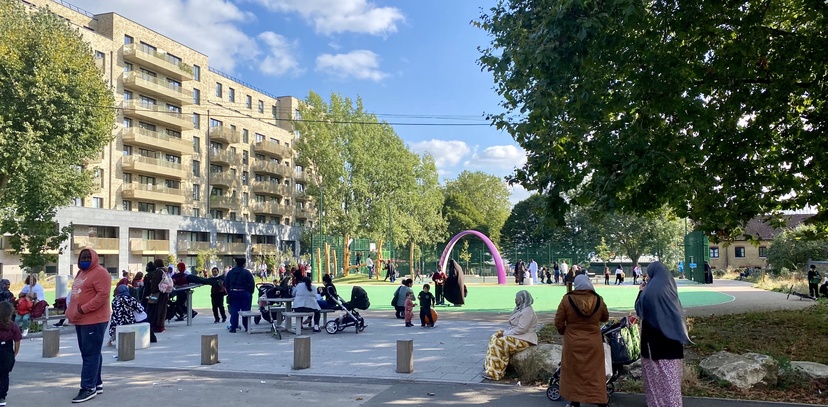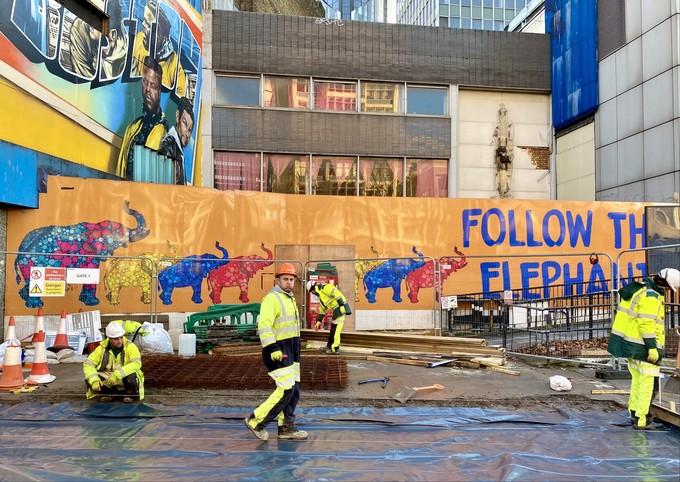

This year, it is Social Life’s 10 year anniversary. We are taking this opportunity to take stock, reflect on our work and evaluate the impact we have had in shaping socially sustainable places. We've written a paper setting out our evolving thinking about how we move the insights of our research into practice. This involves challenging professional boundaries and established ways of working in the built environment sector.
We are thinking about ways to expand the design team on a project to include community experts and a social value expert. Social values such as belonging, sense of agency, community cohesion are unique to a place and need to be researched from the start to be embedded in the full extent of the design process. This begins to set up new relationships between communities, designers, developers and the public sector, while shifting power dynamics.
Our experience, and our insights into the relationship between people and places, has given us a deep understanding of how people are affected by the built environment and changes to their surroundings. Through our work with councils, developers, housing associations and community organisations, we see how decisions about planning and shaping the built environment are made and many of the barriers to a more people-centred process.
We have made a significant impact at a policy level by demonstrating the need to consider social impacts in built environment programmes. We have also successfully elevated local voices, needs and assets so they can be included in the decisions affecting local neighbourhoods.
In 10 years, we have seen a positive shift in the way that the social impact of the built environment has reached both the public and private sectors. Social value requirements come in many different forms - from social value commitments, to ESG contract requirements relating to a specific brief. However, the focus tends to be on the scheme, often on local employment provision, rather than the impact on the place and on less tangible factors like belonging and wellbeing. The consequence is that new places still often fail to meet the everyday needs of their residents and people who use the area.
We still see a clear gap in the way that social value goals translate into the design, engagement, procurement, construction and management of making places. The terms "inclusive", "diverse", healthy, safe are more and more commonplace vocabulary in the built environment sector but there is no system to implement these goals rigorously and with accountability.
There is an established body of research on the relationship between the built environment, wellbeing and local social life. We need to move this research into action and apply this knowledge to make social value goals more meaningful.
This year, we seek to move our work closer to practice and support design teams to embed social values into the design process of the built environment. We see an opportunity to support designers to create better places by making social value requirements place-based and connected to the communities surrounding the project site.
We have been working on a vision document that will evolve as we pilot ideas and learn from them. We are now looking to connect with built environment professionals to talk more and build partnerships.
So, if you are interested in this work, looking to meaningfully embed social values in your work or have some follow up questions, don’t hesitate to reach out!
Contact larissa.begault@social-life.co

